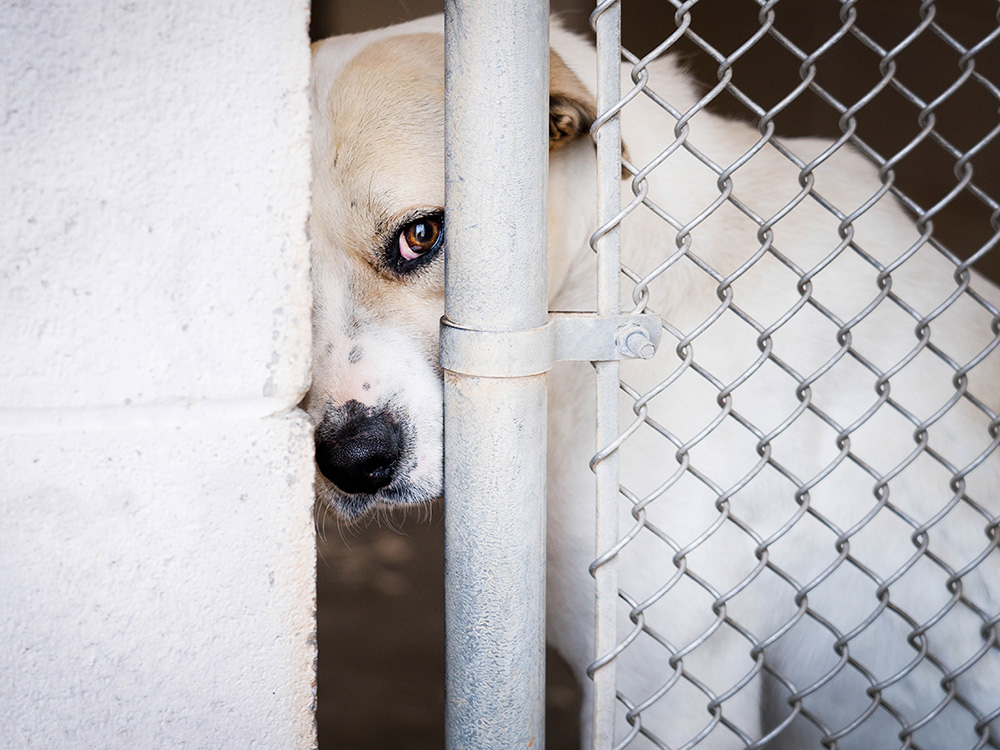Many people chose to rescue a dog rather than buy and there are rescue groups and shelters in Australia with thousands of dogs sadly requiring adoption.
Bringing one of these dogs’ home can either be a traumatic experience or one that will provide you with years of joy.
These dogs have often been abandoned. They have been mistreated, under socialised around other dog and people, never had any training and some have never seen the world other than the backyard they were housed in.
Issues are wide and varied but the public must either be very naive or misinformed if people just expect the dog to walk in, make themselves at home and just fit in without any concerns. The need for transparency from both rescue group or shelter is paramount to save heartache and avert disaster.
A rescue group differs from a shelter in that:
- They are usually staffed/understaffed with volunteers
- Are not government funded and rely solely on donations to survive
- Have little or no knowledge in understanding behaviour and do not temperament test the dogs they rescue
- Will rescue blacklisted dogs that are on death row from no kill shelters that should be put down due to aggression or behavioural issues.
- Foster dogs out to volunteers’ homes as they don’t have kennel facilities
- May be breed specific and only rescue the one breed
Shelters like the RSPCA and Animal Welfare league:
- House animals in a facility
- Have some government funding
- Have the ability, resources and some skilled staff to temperament test
- Have a suitability key that determines what can be put up for adoption
- Health checks and neutering always completed prior to the animal being ready for adoption
- Have areas to bring your other family pets to meet the new potential
- Will euthanize where required
While the buyer always needs to be aware, many people will buy with their hearts wanting to give the poor dog a new home and unwittingly put themselves and their families into an emotional roller-coaster. Full disclosure is rarely given or if so, given in a way that the general public don’t understand.
Common terms below can indicate the more specific issue:
- “He loves to sun-bake in the backyard as long as he can see you” often translates to: The dog has separation distress and copes as long as someone is home.
- “He is very boisterous and loves to play” translates to: He is very overstimulated and often can’t settle down.
- “He is protective of his owner” translates to resource guarding or general lack of socialisation and is fearful.
- “I can be cheeky” often translates to I have no manners and am destructive.
- “This dog requires an experienced owner” translates to this dog needs extensive training and more than what the average person can handle or have time for.
- “Must have 6 foot fence” translates to the dog is anxious and has found ways to escape. The behaviour has set and often requires medication.
Rescue groups may mean well but by not providing full disclosure sets the adopter up for failure and ultimately leaves the dog back in the adoption cycle which exacerbates the issues.
So many people end up burnt, upset and feel like they have failed the dog. They have struggled to cope with the dog’s behaviour that can present with complete destruction of home or yard, a dog that constantly reacts and aggresses to other dogs where they just want a pet to take for a pleasant walk, children that are now crying due to fear or upset that doggy has to be returned or thousands of dollars that have been spent in repairs and attempts to rectify the behaviour with little success.
Its not easy having to give clients the news that euthanasia is kinder than living.
Do your homework and think with your head and not your heart.

